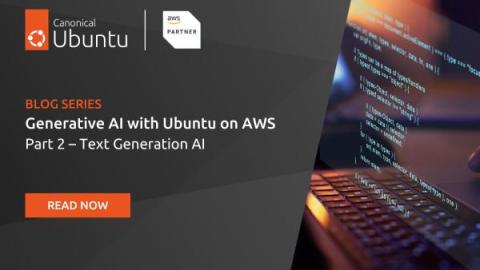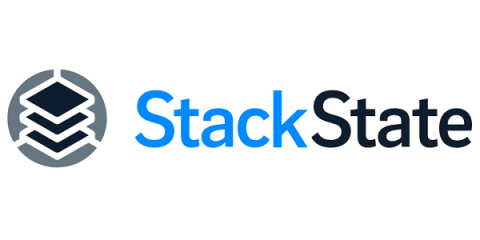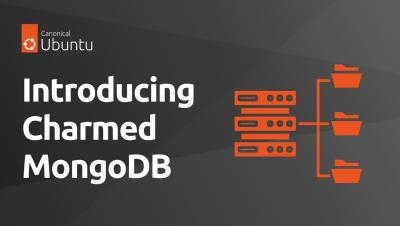Inventory and remediate Red Hat Enterprise Linux with Security Technical Implementation Guides (STIGs)
Security Technical Implementation Guides (STIGs) are an excellent body of knowledge to leverage in securing your infrastructure. With the stig-rhel-7 module you can easily add inventory and remediation policy for RHEL 7 with CFEngine. Do note that as of March 2024 this module does not provide comprehensive coverage but rather an initial 10 findings are implemented.











